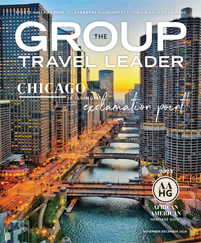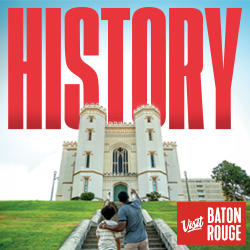Get your group’s creative juices flowing with this fun game. The combinations can have the whole bus rolling with laughter!
Thanks Rebecca Yarbrough, customer service representative of First Georgia Banking Company, for sharing these games! If you have any games you would like to share or have trouble opening these games, email ashley (at) grouptravelleader.com.
For more games, visit our Group Games page.










